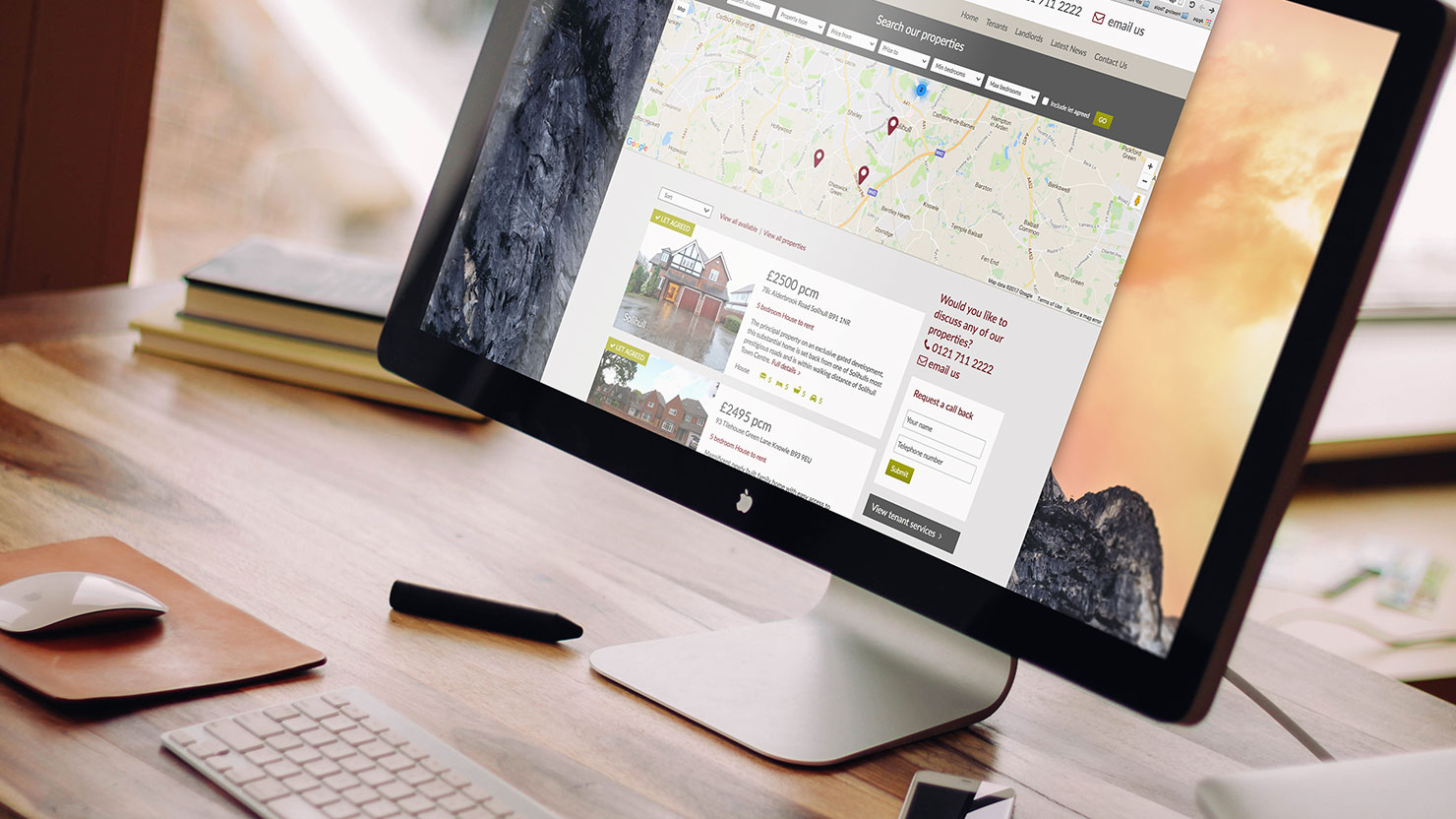Learn some of the best practices when adding, or even just trying new WordPress plugins, before unleashing them 'for real' on your blog or website.

Do. Your. Research.
Unfortunately, WordPress plugins don’t always play nice with each other. When selecting a plugin, you should always check the WordPress plugin directory for information such as; compatibility issues, last updated, number of active installs and user ratings.
Set up a testing environment
If you are using a particularly high number of plugins on your site, or are simply concerned by the lack of support for a particular plugin, it makes perfect sense to set up a duplicate of your site and test the hell out of it. This is particularly useful if adding plugins to a live client site to save any potential banana skins.
Send a support ticket
Well, why not? Sending a support ticket to the plugin developer could give you an idea of just how long the developer takes to respond to any potential future issues. If you don’t get a response, or if the response you do get seems a little lax, it might be better to leave it alone.




